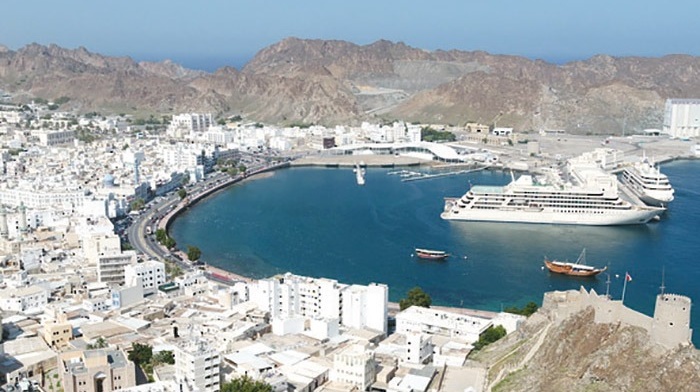
Muscat: Oman is expected to post a GDP growth of 5.6 percent in 2022, making it one of the fastest-growing economies among the Gulf Cooperation Council (GCC) countries. The International Monetary Fund, in its World Economic Outlook for April 2022, projected that Oman’s GDP would grow by 5.6 percent in 2022, and a further 2.7 percent in 2023, and 2.5 percent in 2024. Despite the impact of the COVID-19 pandemic, Oman’s GDP also grew two percent in 2021, after contracting 2.8 percent in 2020.
Among the six GCC countries, Kuwait is predicted to have the highest GDP growth in 2022, at 8.2 percent, followed by Saudi Arabia (7.6 percent). Oman at 5.6 percent is third, and is above the United Arab Emirates (4.2 percent), Qatar (3.4 percent) and Bahrain (3.3 percent).
In the rest of the Middle East and North African (MENA) countries, Iraq is predicted to have the highest GDP growth (9.5 percent), along with Egypt (5.9 percent). Other countries such as Jordan (2.4 percent), Tunisia (2.2 percent), Libya (3.5 percent), Morocco (1.1 percent) and Algeria (2.4 percent), are also predicted to post growth, but at a lower rate.
Although Oman’s GDP is likely to increase in 2022, in terms of a global outlook, the projections of the IMF are weaker than they were since their previous outlook in January.
“At the time, we had projected the global recovery to strengthen from the second quarter of this year after a short-lived impact of the Omicron variant,” said Pierre-Olivier Gourinchas, economic counsellor and director of research at IMF. “Since then, the outlook has deteriorated, largely because of Russia’s invasion of Ukraine.
COVID, Ukraine invasion
“This crisis unfolds while the global economy was on a mending path but had not yet fully recovered from the COVID-19 pandemic, with a significant divergence between the economic recoveries of advanced economies and emerging markets and developing ones,” he added in his report.
“The economic effects of the war are spreading far and wide—like seismic waves that emanate from the epicenter of an earthquake—mainly through commodity markets, trade and financial linkages.”
Other indicators for Oman are also on the upward side: Current account balance, which shrunk 3.7 percent in 2021, is expected to rebound 5.9 percent in 2022, and 5.6 percent in 2023. Furthermore, although consumer prices are expected to grow 3.7 percent in 2022, further price growth will be lower, at 2.2 percent in 2023 and 1.9 percent in 2024.
Oman’s efforts paid off
From a local perspective, Oman’s projected GDP is in large part due to efforts to expand and diversify the economy, as well as encourage more investors to set up businesses in the country. At a recent press conference, Minister of Commerce, Industry and Investment Promotion Qais Al Yousef said his ministry is taking measures to set up more local industries in the country.
“Our national products have a share in everything we seek to achieve, so let us not forget that supporting local production, focusing on national industries and opening new markets for them will be advantageous for the national economy and for our private sector in particular,” he explained. “Integrated initiatives have been drawn up to consider strengthening the presence of our domestic products, both locally and overseas.
“Within this framework, to make sure there is interconnectedness between efforts and goals, the ministry has put in place initiatives to improve and develop specification standards and encourage the privatisation of related services,” he added.
“The ministry also launched the Investor Residence Programme over the past year, and we are keen to develop this programme in the coming months, and learn from international experiences so as to attract quality investments that are localised in our country.”